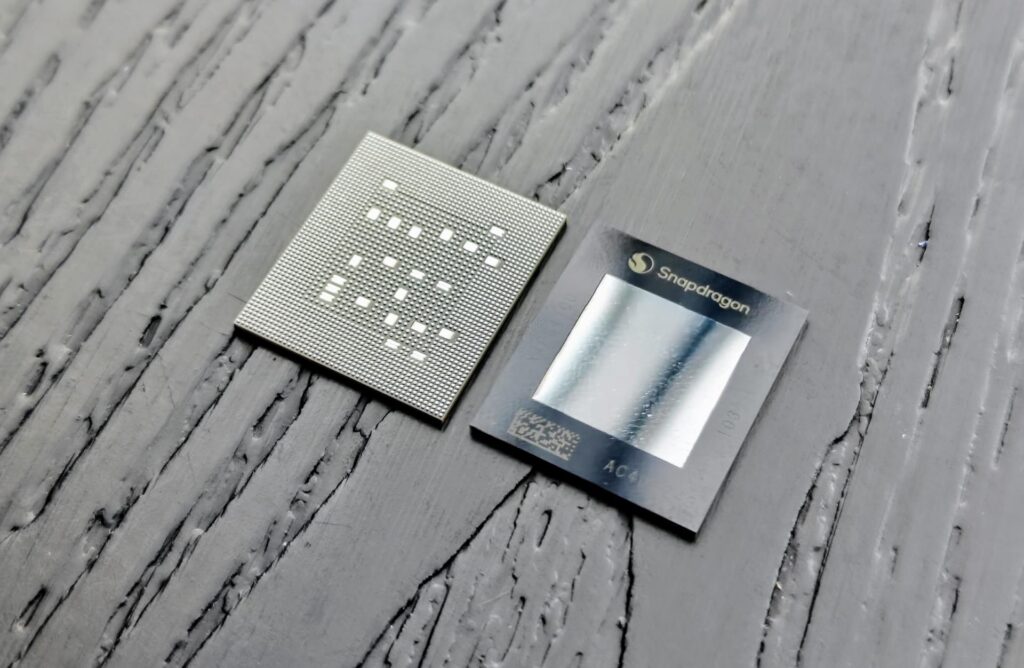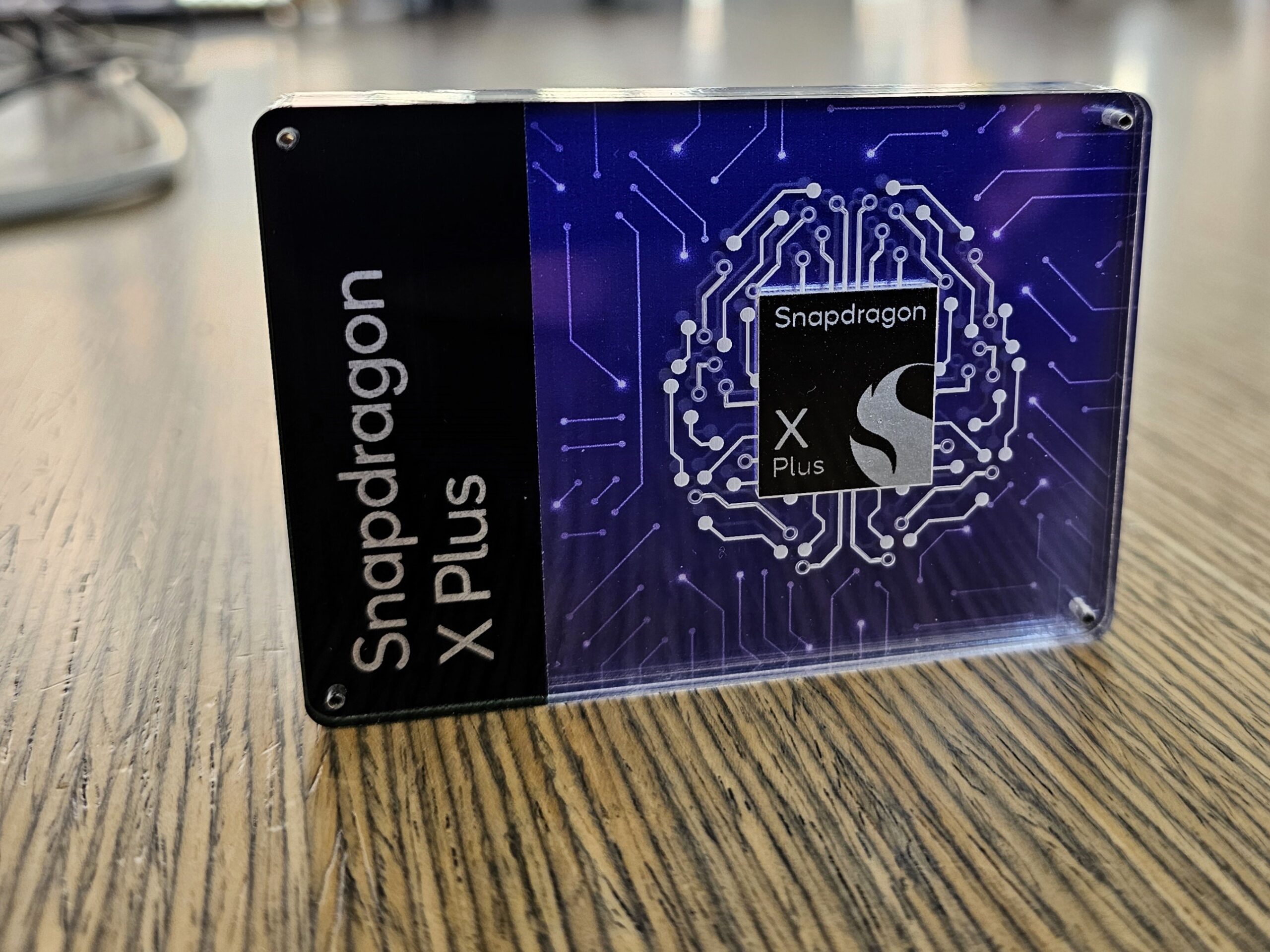
At the IFA show in Berlin, Qualcomm expanded its presence in the Windows on Arm ecosystem by launching two new 8-core variants of the Snapdragon X Plus, signaling a significant push to make high-performance, energy-efficient computing more accessible. These new chips, identified as the X1P-46-100 and X1P-42-100, are strategically positioned to target the $700 to $900 price range, a segment that has been largely underserved in the Windows on Arm market. Qualcomm’s move aligns with its broader ambition to disrupt the traditional PC market, offering an alternative to the x86 architecture that has long dominated the industry.
These Snapdragon X Plus 8-core processors are designed to bring a balance of power and efficiency to mid-range devices, catering to consumers who seek robust performance without the premium price tag. While they sit just below the 10-core Snapdragon X Plus models in Qualcomm’s product hierarchy, they still pack a punch, featuring slightly lower clock speeds and reduced cache memory. Despite these modifications, the new chips maintain a competitive edge, thanks to Qualcomm’s Oryon CPU core, which is designed to compete head-to-head with Intel’s best offerings. The inclusion of a robust AI engine, capable of delivering 45 TOPS (Tera Operations Per Second), ensures that these devices are not only powerful but also future-proof, ready to handle the growing demands of AI-driven applications.
During his keynote at the IFA show, Qualcomm CEO Cristiano Amon emphasized the importance of this launch, framing it as a pivotal moment in the company’s ongoing mission to blend personal communication with powerful computing. “We have been on this journey to bring personal communication to personal computing systems,” Amon said, underscoring Qualcomm’s vision to create devices that are both versatile and connected. This launch is part of a larger strategy that has seen Qualcomm steadily climb the ranks in the PC market, particularly with its Snapdragon X Elite processors, which have already made waves for their energy efficiency and performance capabilities.
Qualcomm’s strategy with the Snapdragon X Plus series is to offer a scalable range of options that cater to different segments of the market. By tweaking elements like core count, clock speed, and cache size, Qualcomm can provide a variety of processors that meet the diverse needs of consumers, from budget-conscious buyers to those seeking high-end performance. The introduction of these 8-core variants is particularly significant because it allows Qualcomm to enter a price range that has traditionally been dominated by less powerful processors, giving consumers more choices without compromising on performance or battery life.
Moreover, the Snapdragon X Plus 8-core chips are expected to find their way into a variety of devices, from laptops to tablets, offered by leading manufacturers like Microsoft, Acer, and Asus. These chips are designed to be versatile, supporting features like Wi-Fi 7, Bluetooth 5.4, and the Snapdragon X65 modem, which ensures fast and reliable connectivity. The ability to boost a single core to higher clock speeds—up to 3.4GHz in the X1P-46-100 model—means that these devices can handle demanding tasks with ease, making them suitable for both productivity and entertainment.
The Snapdragon X Plus series also retains many of the features that have made Qualcomm’s processors stand out, including the use of LPDDR5x memory and a high memory transfer rate of 8,448 megatransfers per second. While the new 8-core chips have a smaller cache—30MB compared to the 42MB in the higher-end models—they still offer impressive performance, particularly in graphics-intensive tasks, thanks to the Adreno GPU. However, there are some trade-offs: the new chips have reduced video capabilities, with the ability to encode video at 4K30 and decode at 4K60, compared to the higher-end models that can handle 4K60 and 4K120, respectively.
In addition to the hardware updates, Qualcomm also announced some welcome software developments. Arm-native apps for NordVPN and ExpressVPN have been released, and Google Drive is expected to gain an Arm version by the end of the year, further enhancing the ecosystem for Windows on Arm users. These developments signal Qualcomm’s commitment to building a robust platform that can rival traditional PC architectures, offering not just hardware but also a growing array of software that is optimized for its processors.




